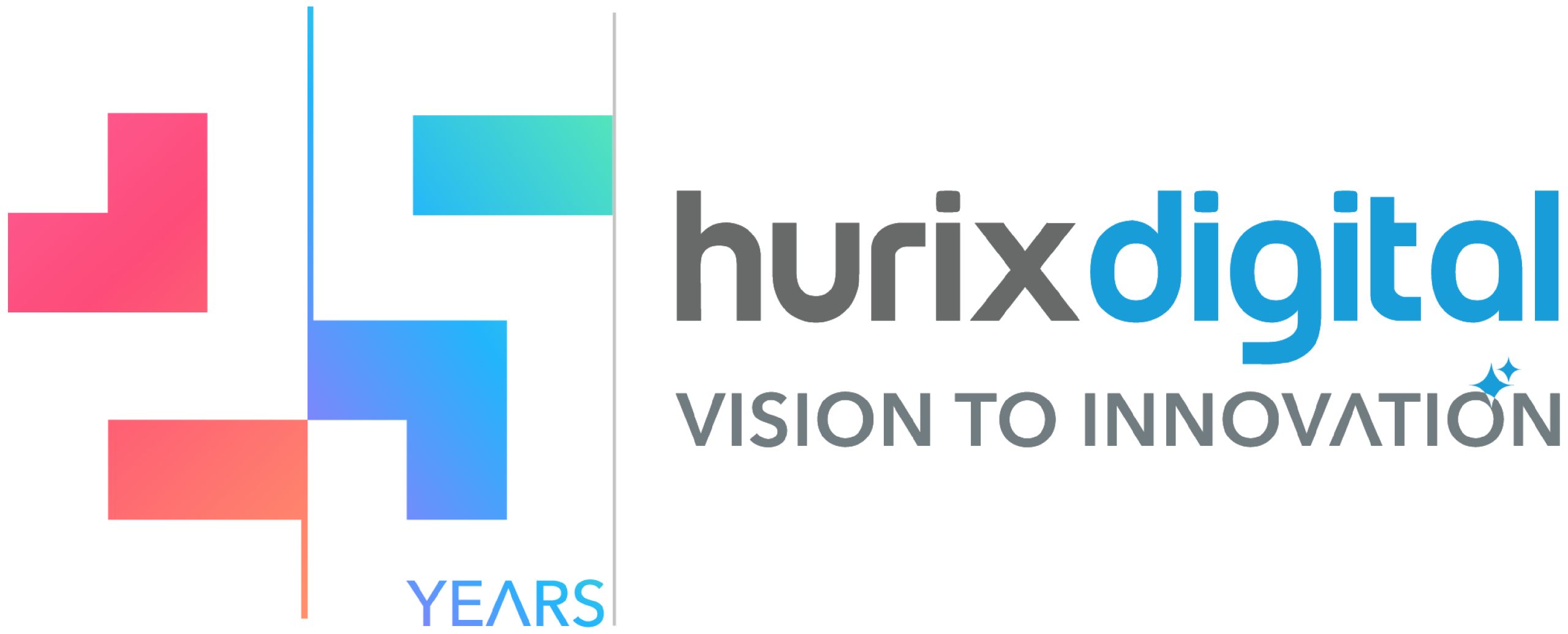Synchronous Learning refers to real-time learning environments where participants interact simultaneously. This dynamic approach fosters immediate feedback and collaboration, distinguishing it from asynchronous methods. Explore this term and related concepts in our comprehensive glossary to enhance your understanding of modern learning strategies.
What is Synchronous Learning?
Synchronous learning refers to learning that happens in real-time, with instructors and learners interacting simultaneously. Think of it as a live classroom experience, but often delivered online.
Key characteristics of synchronous learning include:
- Real-time Interaction: Students and instructors engage with each other live, fostering immediate feedback and discussion.
- Scheduled Sessions: Learning events occur at a pre-determined time, promoting structure and accountability.
- Shared Learning Space: Participants connect through a virtual platform or physical classroom to learn together.
Examples of synchronous learning activities:
- Live Webinars: Instructors present information and answer questions in real-time.
- Video Conferencing: Students participate in discussions and group projects via video calls.
- Online Chat Sessions: Learners interact with instructors and peers through live text-based chat.
- In-Person Classroom Instruction: Traditional face-to-face learning.
Benefits of synchronous learning include:
- Enhanced Engagement: Live interaction keeps learners actively involved.
- Immediate Feedback: Students receive prompt answers to questions and clarification on concepts.
- Sense of Community: Real-time collaboration fosters a feeling of belonging and shared learning.
Synchronous learning offers a dynamic and engaging learning experience that mirrors the benefits of traditional classroom instruction while leveraging technology to connect learners across distances.
Why is Synchronous Learning Important?
Synchronous learning, characterized by real-time interaction between instructors and learners, offers a unique and valuable approach to education and training. Its importance stems from several key advantages that enhance the learning experience and outcomes.
Firstly, synchronous learning fosters immediate feedback and clarification. Unlike asynchronous methods, learners can ask questions and receive answers instantly, ensuring a deeper understanding of the material and preventing misconceptions from taking root. This real-time interaction accelerates the learning process and promotes active participation.
Secondly, it cultivates a stronger sense of community and collaboration. Through live discussions, group projects, and shared learning activities, participants build relationships with their peers and instructors. This collaborative environment encourages knowledge sharing, peer support, and a sense of belonging, making the learning process more engaging and enjoyable. The development of teamwork and communication skills are also significant benefits.
Thirdly, synchronous learning provides opportunities for personalized instruction and tailored learning experiences. Instructors can adapt their teaching methods based on real-time feedback and observe student understanding directly. This allows for targeted interventions and ensures that all learners are adequately supported. Differentiated instruction becomes more feasible, catering to diverse learning styles and needs.
Finally, synchronous learning often results in higher engagement and motivation. The interactive nature of live sessions keeps learners actively involved and invested in the learning process. This heightened engagement can lead to improved retention rates, better academic performance, and a more positive attitude towards learning overall. The element of immediacy and interaction combats feelings of isolation often associated with online learning.
How Does Synchronous Learning Work?
Synchronous learning creates a real-time, interactive learning environment where instructors and learners participate simultaneously. Think of it as a virtual classroom where everyone is present at the same “same time, same place” even if the “place” is digital.
Here’s how it works:
- Real-Time Interaction: The core of synchronous learning is live interaction. This can take place through video conferencing platforms like Zoom or Microsoft Teams, or even through live chat features within a Learning Management System (LMS).
- Scheduled Sessions: Synchronous learning typically involves scheduled sessions, ensuring everyone is available to participate at the designated time. This allows for planned lessons, discussions, and activities.
- Active Participation: Learners are actively involved through Q&A sessions, polls, group discussions, and collaborative projects. This encourages engagement and immediate feedback.
- Immediate Feedback: Instructors can provide instant feedback to learners’ questions and contributions, clarifying concepts and addressing misconceptions in real-time.
- Shared Resources: The platform allows instructors to share resources such as presentations, documents, and videos during the session, enhancing the learning experience.
- Technology Dependent: Reliable internet access and suitable devices (computers, tablets, smartphones) are essential for both instructors and learners to participate effectively.
By fostering immediate interaction and feedback, synchronous learning mimics a traditional classroom setting, promoting a sense of community and enhancing the learning experience.
Synchronous Learning in Action: Real-World Examples
Synchronous learning, characterized by real-time interaction between instructors and learners, has become a powerful tool for leading brands. Here’s how some leverage its potential:
Google: Uses live webinars and interactive Q&A sessions to train employees globally on new software updates and product launches. This ensures consistent messaging and allows for immediate clarification of doubts, fostering rapid adoption and understanding.
IBM: Employs virtual classrooms for complex technical training. These sessions, led by expert instructors, feature screen sharing, collaborative coding exercises, and breakout rooms for smaller group discussions. This immersive experience enhances knowledge retention and problem-solving skills.
Amazon: Leverages synchronous learning for onboarding new recruits. Live, interactive sessions provide a comprehensive overview of company culture, policies, and procedures. New hires can ask questions directly to HR representatives and senior team members, fostering a sense of belonging and facilitating a smoother transition.
Microsoft: Offers virtual workshops and instructor-led online courses on Azure cloud services. These programs incorporate real-time demonstrations, hands-on labs, and peer-to-peer learning opportunities, enabling participants to develop practical skills and gain certifications. This approach ensures a skilled workforce capable of effectively utilizing their cloud platform.
Salesforce: Conducts live training sessions for its vast partner network on new features and updates to the Salesforce platform. These sessions often include live demos, role-playing exercises, and interactive polls to gauge understanding and engagement. This keeps partners up-to-date and equipped to effectively implement Salesforce solutions for their clients.
Key Benefits of Synchronous Learning
Synchronous learning, characterized by real-time interaction between instructors and learners, offers a multitude of benefits that enhance the educational experience and foster a dynamic learning environment. These advantages contribute to improved knowledge retention, increased engagement, and the development of crucial collaborative skills.
Immediate Feedback and Clarification: One of the primary benefits is the opportunity for immediate feedback. Learners can ask questions and receive instant answers, ensuring comprehension and addressing misunderstandings in real-time. This rapid response loop accelerates learning and prevents the accumulation of misconceptions.
Enhanced Engagement and Motivation: Synchronous sessions promote active participation through discussions, debates, and collaborative activities. This interactive environment fosters a sense of community and belonging, leading to increased engagement and motivation among learners. The real-time interaction prevents distractions and encourages focused attention.
Development of Collaboration and Communication Skills: Through group projects, discussions, and peer-to-peer learning activities, synchronous learning environments cultivate essential collaboration and communication skills. Learners learn to effectively articulate their ideas, listen to others’ perspectives, and work together towards common goals, preparing them for future professional endeavors.
Personalized Learning Experience: While structured, synchronous sessions allow instructors to adapt their teaching methods to address the specific needs of the learners. Real-time observation of student progress enables instructors to provide personalized guidance and support, optimizing the learning experience for each individual.
Stronger Sense of Community: The shared experience of learning together in real-time fosters a strong sense of community among learners. This sense of belonging can lead to increased peer support, motivation, and overall satisfaction with the learning experience. The social interaction mimics a traditional classroom setting, offering a more human connection than asynchronous methods alone.
Common Misconceptions About Synchronous Learning
Synchronous learning, where participants interact in real-time, is often misunderstood. Here are some common misconceptions:
Misconception 1: Synchronous learning requires expensive technology. While sophisticated platforms exist, basic synchronous learning can be achieved with readily available tools like video conferencing software (e.g., Zoom, Google Meet) and instant messaging.
Misconception 2: It’s always the best mode of learning. Synchronous learning isn’t a one-size-fits-all solution. Its effectiveness depends on the learning objectives and the learners’ needs. Asynchronous methods might be better suited for independent study or self-paced learning.
Misconception 3: It’s solely about live video lectures. Synchronous learning encompasses various interactive activities, including live Q&A sessions, group discussions, virtual debates, and collaborative problem-solving. It’s not just a lecture delivered online.
Misconception 4: It’s inherently engaging. Simply being live doesn’t guarantee engagement. Effective synchronous sessions require careful planning, interactive elements, and skilled facilitation to keep participants actively involved.
Misconception 5: It’s only for younger generations. While digital natives may be comfortable with online tools, synchronous learning can benefit learners of all ages with proper training and support. Accessibility and user-friendliness are crucial.
Misconception 6: It’s the same as traditional face-to-face learning. Synchronous learning offers unique advantages, like reaching geographically dispersed learners. However, it also requires different pedagogical approaches and facilitation techniques compared to traditional classroom settings.
 A Space for Thoughtful
A Space for Thoughtful 
